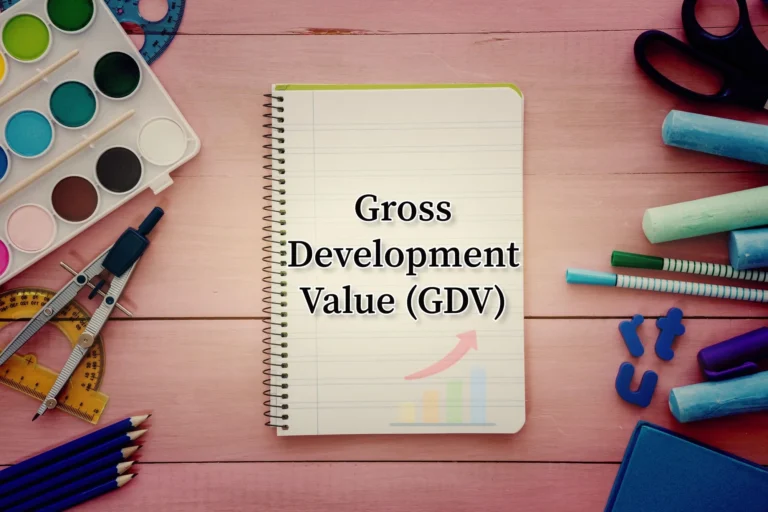The case of Stephen Mullens vs. HM Revenue & Customs (HMRC) in 2021 is a notable legal battle that questioned whether Mr. Mullens’s substantial payments should be considered taxable income or gifts from a wealthy client.
This case revolves around a total of £40 million in payments that Mr Mullens received over 14 years, from 1999 to 2013.
Payments and Background
These payments included a sum of £2.25 million given to Mr Mullens to encourage his resignation from a law firm, thus enabling him to work exclusively for the Formula 1 and the Ecclestone family.
Additionally, Mr Mullens received three substantial payments amounting to £36 million from Mrs Ecclestone. A smaller payment of £187,000 was made to cover a family holiday to Mauritius by Mrs Ecclestone.
In 2012, as part of a Code of Practice (COP) 9 investigation, Mr Mullens admitted to fraudulent omissions from his Tax Returns. He acknowledged omitting interest accrued on the payments, a payment of £200,000, a capital gain, and Value Added Tax (VAT) on imported diamonds valued at $3 million.
However, he argued that these should not be taxable as income because they were gifts separate from any business relationship.
HMRC’s Discovery Assessments
In response, HMRC issued Discovery assessments and Closure notices in 2016, asserting that the ‘gifts’ Mr. Mullens received should indeed be considered as taxable income for services rendered to the Ecclestone family.
The assessments also disallowed capital losses claimed on stolen jewellery.
The First Tier Tribunal’s Findings
Mr. Mullens appealed to the First Tier Tribunal (FTT), where several key findings emerged:

- Mr. Mullens had a long-standing professional relationship with the Ecclestone family, playing a significant role in restructuring their finances.
- The FTT noted that Mr. Mullens failed to call witnesses, including the Ecclestones, which was seen as a notable omission.
- Inconsistencies between Mr. Mullens’ defence at the FTT and his prior testimonies in other litigations led the FTT to question his credibility and conclude that he had deliberately concealed facts from HMRC.
- The FTT found it implausible that the £2.25 million payment was anything other than compensation for future services.
- Mr. Mullens could not establish that the £21 million payment was a gift, and the evidence provided was considered unreliable.
- The £10 million payment was also determined not to be a gift, as it was related to Mr. Mullens’ involvement in tax inquiries involving the Ecclestones.
- A payment of £5 million received in 2012 was not considered a gift, as the evidence provided was created after HMRC’s COP9 letter was received.
- However, the FTT did accept that the ‘holiday payment’ was indeed a gift, given the circumstances and the way it was made.
Explore the intricacies of ” income tax in the UK “with our comprehensive guide. Take control of your tax obligations.
Implications
The FTT upheld HMRC’s Discovery assessments, asserting that they were validly raised. Mr. Mullens had acted deliberately and fraudulently, and HMRC could not reasonably have been aware of the tax insufficiency until the COP9 letter was received.
Furthermore, the FTT found that the capital loss claim on stolen jewellery was valid, and the VAT assessment on imported diamonds was made in time, despite arithmetic errors in the calculations.
Conclusion
In conclusion, the Mullens vs. HMRC case highlights the importance of transparency in tax reporting and compliance and the potential consequences of deliberate omissions and inconsistencies in one’s tax affairs.
We are dedicated to solve your queries.
Contact us for assistance at any stage of your journey.









